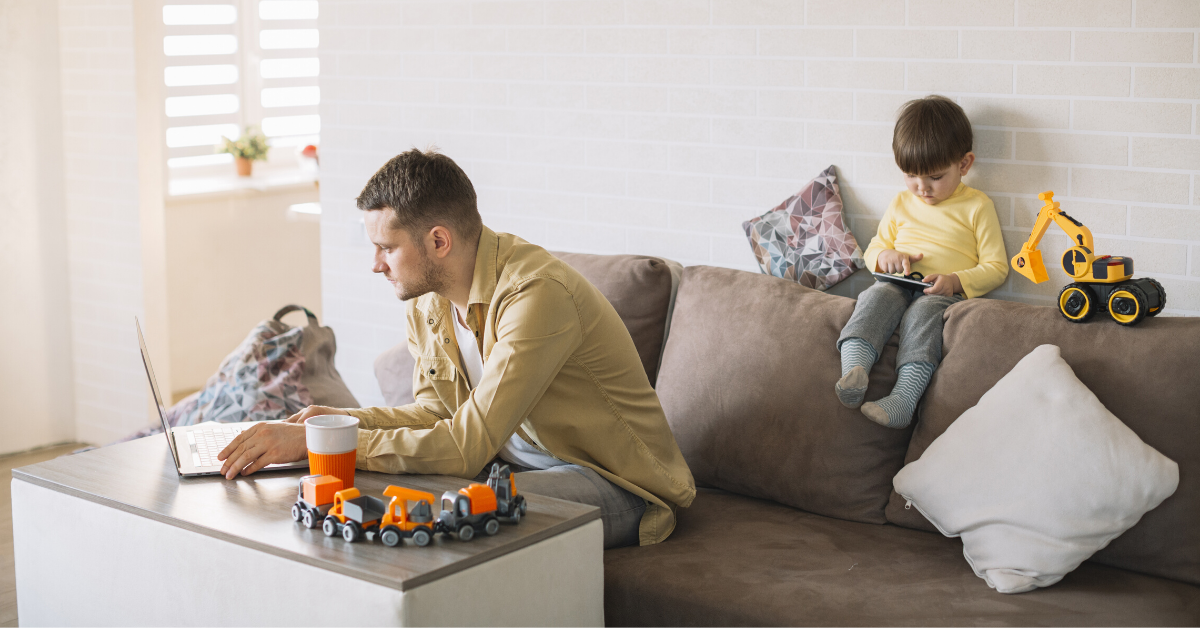
This global pandemic has fundamentally altered the manner in which organisations operate. The option of working remotely had been gaining acceptance for a while. Various studies have pointed to how working from home could be an economic and more feasible work option only if we are able to understand and tackle the challenges and difficulties it poses, and exploit the benefits it offers. Largely, the statistical data and feedback seems to suggest that this option poses business specific challenges related to the productivity of employees. Further, the limited data that is available also suggests that there is greater downside to productivity in the long term due to the negative impact of social isolation on mental well-being.
Also Read: How to Design a Perfect Kitchen
However, the current crisis does not offer any alternatives. Working from home isn’t an option, as was the case in most pre-COVID studies—it’s an absolute necessity. It comes with its own set of advantages like being able to adjust your working environment to match your preferences and doing tasks in the way that best suits you, which allows you to work more efficiently, creatively and enjoyably. The need to not be presentable, having multiple nap snack breaks, enjoying your choice of music on your balcony while the image renders on the system sounds like heaven to any young architect or intern.
Conversely, the lack of structure can be disconcerting. One tends to learn better in an environment that breeds healthy competition and where you can listen in on multiple conversations. Secondly, the general office environment greatly impacts work efficiency. The presence of a desk with a powerful system, reliable internet and a library that acts as a resource are all factors that aid productivity. A home laptop may not support the software that an architect needs on a daily basis and the lack of prints over which to overlay a tracing paper can be disconcerting. It is also hard via a video call to recreate the atmosphere of a studio that allows one to focus towards a singular pursuit of architectural intent.
Also Read: Easy Guide To Choose A Color Palette For Your Space
Working from home in isolation from our routine life has certainly enhanced personal growth and team coordination skills. With cloud data management and virtual meetings, remote working is not only possible, but actually productive. Running a team remotely means you need to trust people with work, be crisp in your feedback and ensure all systems to support employees are running smoothly. Making use of the technological advancements has helped find a way to keep things running seamlessly.
While social distancing is a must, it still impacts our mental well-being. Having the tools to continue working from home has emerged as a way to help us stay focused, productive, and psychologically healthy as this frantic battle against the virus continues.
Also Read: Festive Home Decor: 10 accessories you should add to your home
The key learning from these times is how as architects, we design for spaces that respond to our physical and mental well-being, both in the workplace and at home.